In a field which is often characterised by polemics and hand-wringing, Noel Pearson has emerged as both a considered thinker and an active doer. So when he puts forward a road map through the troubled terrain of race relations, he has earned the right to be heard. It does not hurt that he is an excellent writer as well, able to leaven even an essay about constitutional change with snippets of personal experience and even flashes of humour.
It is significant that he sees the way forward as more likely to be driven by the conservative side of politics than the Left, which has traditionally seen itself as having a monopoly on race issues. This, in fact, has been part of the problem, with many commentators and activists from the Left mainly looking for ways to blame the conservative parties for what they see as the problem. But, Pearson argues, there are good reasons for conservatives to see the issue as something for them, drawing on their longstanding emphasis of recognising and valuing the past and fostering stability and community.
At the same time, Pearson accepts that many conservatives are wary of solutions that give too much power to ‘progressive’ judges or smack of empty symbolism; and aware that traditional democratic forums do not offer much hope for indigenous peoples. After all, they are what he calls an ‘extreme minority’, about 3% of the population, and even if their position as the original inhabitants gives them a unique status it’s hard to see much electoral weight.
His solution is constitutional change, something with which he has been involved over a long period and in a range of ways. The power of the Commonwealth government to make laws based on race are particularly grating to indigenous people, he says, and their removal would be a major step in reconciling with the past.
This makes good sense, but unfortunately the next step runs into trouble. He also wants a new section to require that indigenous people have a special voice in government decision-making. He does not go into detail, and it is not clear whether he means an advisory body or one with some sort of veto power over policies affecting indigenous people.
So what is he saying here? Laws made on the basis of race are bad, but a constitutionally entrenched body defined by race is good? Would there be some sort of skin-colour test for membership? If so, it seems contradictory at best, and its own sort of racism at worst. Pearson also neglects to mention that we have been down a road not unlike this, with the ATSIC experiment of the Hawke days. It did not end well. Why would any other race-based body fare better?
He also does not examine the issue that the Australian electorate seems to dislike special treatment, at least at the constitutional level. After all, John Howard’s 1999 proposal to insert an indigenous reference into the preamble of the Constitution not only failed, its defeat was in landslide terms, even greater than the republic question asked at the same time. And even more, it failed despite having support from all the political parties, the media, and every interest group worth its acronym. There appeared to be no-one opposing it at all – except the large majority of voters who rejected it. If this is any guide, any referendum proposal that carries even a whiff of special treatment is unlikely to pass. Looking back, it would seem that the 1967 referendum passed expressly because it was aimed at removing an inequality rather than providing for special treatment.
In the context of Pearson’s proposals, if there were two referendum questions, one on the removal of the race powers and another on a new body, the first would probably succeed but the second would probably fail. If they were put together as a single question, it would probably fail. Pearson asserts that ‘the great majority of Australians want recognition of this country’s original people in the Constitution’. Well, they didn’t when they had the chance to do so, and it wasn’t that long ago.
It appears that Tony Abbott, for one, is trying to bring the broad electorate along the path of limited constitutional change but it is not yet clear whether he will succeed. Perhaps the rot of rhetoric has gone too far to be reversed. Perhaps the political Left has played the race card so often that any mention of indigenous issues automatically turns the public away. Self-appointed activists telling ordinary Australians that if they do not entirely agree with this or that radical idea then they are racists does not help. Indeed, the commentariat does not seem to grasp the simple point that attacking and accusing people is more likely to earn their antagonism than intimidate them into acquiescence.
It is a great pity that it has come to this, because in this essay Pearson is clearly making an attempt to reach out to the mainstream, over the heads of the twittering classes. But maybe he has the wrong focus. Maybe a better course for him would be to use his prestige and intellect to persuade the militants to stop playing the blame game, and talk about what brings us together more than what might divide us.
Nevertheless, this essay is an important contribution to a difficult area. It might not have all the answers, but there is a sense that it is, in the end, asking the right questions.
Got something to add? Join the discussion and comment below.
Get 10 issues for just $10
Subscribe to The Spectator Australia today for the next 10 magazine issues, plus full online access, for just $10.
You might disagree with half of it, but you’ll enjoy reading all of it. Try your first month for free, then just $2 a week for the remainder of your first year.


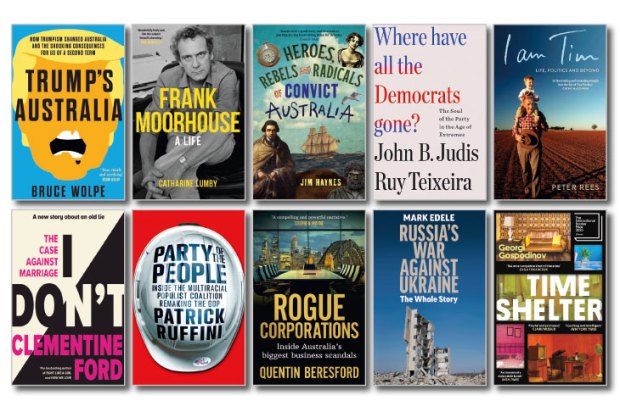
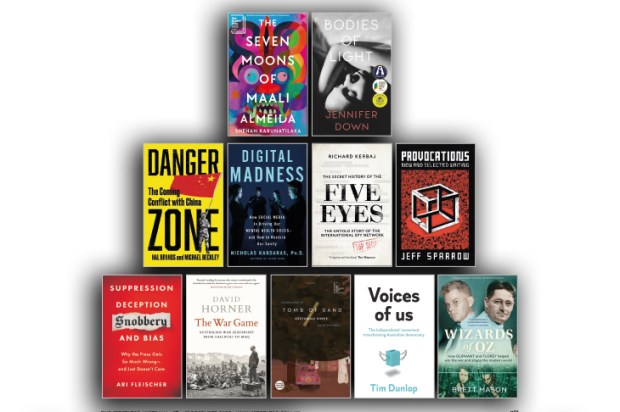
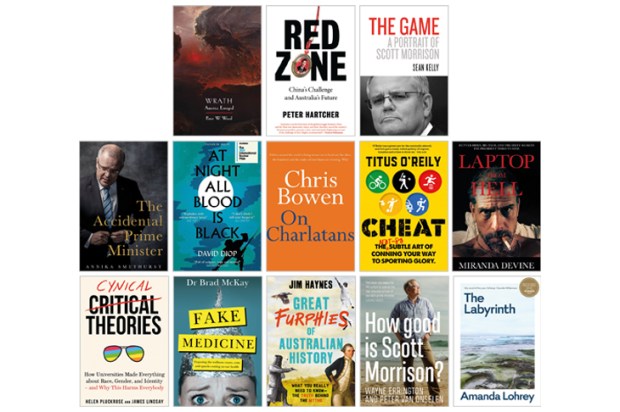
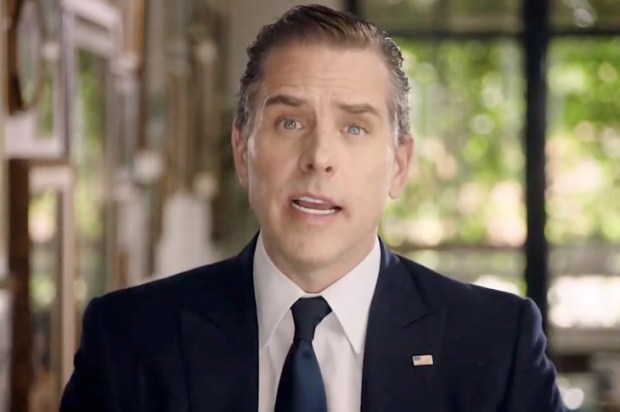
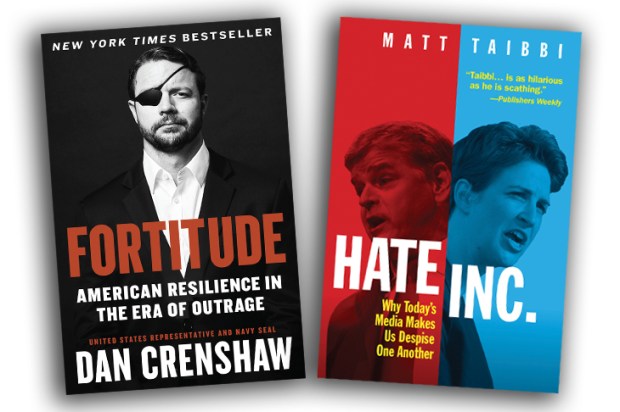






Comments
Don't miss out
Join the conversation with other Spectator Australia readers. Subscribe to leave a comment.
SUBSCRIBEAlready a subscriber? Log in